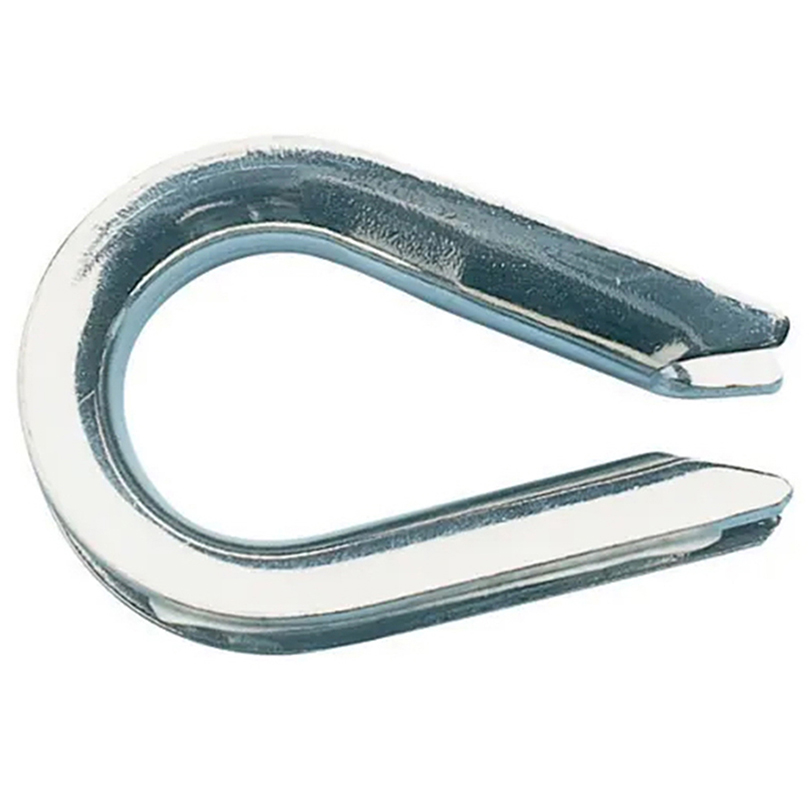Sculpture Crafts - Fruit Carving:
Nuclear carving is a traditional art form deeply rooted in folk culture. It involves using the natural shape and texture of seeds, such as walnuts, peaches, olives, and apricots, to carve intricate scenes, figures, animals, landscapes, and architectural structures. The most prized material for this craft is the olive pit, which is about the size of a finger. Carving on such a tiny surface demands extreme precision, making the skill rare and highly respected.
The origins of fruit carving remain unclear, but historical records suggest that during the Ming and Qing dynasties, small-scale carvings flourished. While large-scale sculpture didn't develop much, the creativity in miniature works was remarkable. Peach kernels, apricot pits, and olive carvings became unique forms of art, reaching high levels of craftsmanship and artistic expression. Known as “micro-carving skills, artistic wonders,†these works are celebrated for their detailed beauty and technical mastery.
During the Ming and Qing periods, micro-carving was considered a must-have art form. Officials and scholars in Jiangsu and Zhejiang often collected bamboo and wood carvings, with nuclear carvings being particularly popular. In the Xuande era of the Ming Dynasty, an artist named Xia Baiyan carved 16 children on a single olive pit, each as small as half a grain of rice, with clear facial features.
One of the most famous fruit carvers of the Ming Dynasty was Wang Yi from Changshu. His work "Chibi of the Red Cliff" (1622) is a masterpiece in the history of fruit carving. The boat, only 3 cm long, features a cabin with a canopy, openable windows, and detailed engravings of Su Shi and his friends. The inscriptions and figures were carved with incredible precision, showcasing the pinnacle of the art. This piece became a model for future generations and is now known as the "Dongpo Chibi Boating Map."
In the Qing Dynasty, fruit carving reached new heights, especially in Jiangsu. Masters like Feng Xilu and Shen Junyu created vivid scenes, such as "Caoqiao Dreams" and "The Hunchback Old Man," capturing rural life and poetic expressions. Some artists even carved 108 rosary beads from peach pits, each with detailed arhat figures.
Fruit carving has always been more than just an art—it has served as a decorative item, a collectible, and a symbol of cultural refinement. Emperors like Qianlong cherished these small masterpieces, wearing them as pendants or displaying them in elegant cases. Over time, the value of these pieces grew, and they evolved into multifunctional crafts valued for both aesthetics and symbolism.
Today, nuclear carving continues to thrive, blending traditional techniques with modern themes. Artists like Yang Hongwu have introduced contemporary elements, such as the "Nanhu Red Boat," which features historical figures and modern narratives. These works not only preserve the heritage of the craft but also give it a fresh, meaningful direction.
The tools used in nuclear carving include files, chisels, and drills, each designed for precision. The process starts with shaping the core, followed by detailed engraving, polishing, and finishing touches. Once complete, the pieces are often strung into rosaries or displayed as standalone art.
Whether it's a small scene or a complex narrative, nuclear carving remains a testament to human ingenuity and artistic vision. Its charm continues to captivate collectors and enthusiasts around the world.
Grips Clips And Clamps
A wire rope clamp (sometimes called a clip) is used to secure the loose end of the loop back to the wire rope. It usually consists of a U-bolt, a forged saddle, and two nuts. Two layers of wire rope are placed on the U-bolts. Then slide the saddle over the rope and attach to the bolts (the saddle includes two holes for the U-bolts). Nuts hold the unit in place. The wire rope is usually terminated using two or more clips depending on the diameter. A 2" (50.8 mm) diameter rope may require as many as eight.
There is an old saying: "A dead horse is without a saddle". This means that when installing the clips, the saddle portion of the assembly should be placed on the load bearing or "live" side of the cable, not the non-load bearing or "live" side of the cable. The "no power" side. According to U.S. Navy Manual S9086-UU-STM-010 Chapter 613R3, Wire and Fiber Ropes and Slings, "This is to protect the live or pressure-bearing end of the rope from pinching and damage. The flat bearing housing and body (saddle-shaped ) extension claws are designed to protect the rope and remain on the live end at all times."[18]
The U.S. Navy and most regulatory agencies do not recommend using such clips as permanent terminals unless regularly inspected and retightened. Encyclopedia website: ewikizh.top

Wire Rope Clips,Wire Rope Clamp,Grips Clips And Clamps,Stainless Steel Wire Clips
Jiangsu Hongze Stainless Steel Wire Rope Co., Ltd , https://www.hzrope.com
